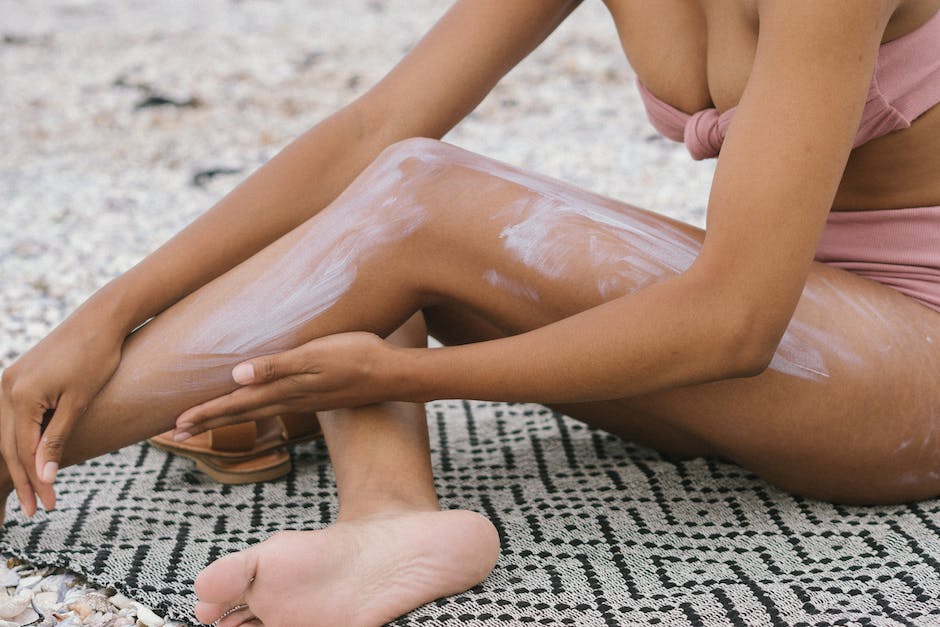
Contents
about Health
Sunscreen has been an indispensable part of our lives for many years. Although it is not a magical elixir or potion to prevent skin cancer, it provides valuable protection from the sun’s UV rays. With all the myths and misconceptions surrounding sunscreen, it can be confusing to know what is true and what is false. In this post, we debunk the most common sunscreen myths and misconceptions about health.
Myth 1: Sunscreen Only Needs to Be Applied Once Per Day
Contrary to popular belief, sunscreen should be reapplied every two hours or more frequently if you are sweating or swimming. This is because sunscreen wears off over time and may need to be reapplied to remain effective. If you plan to be in the sun for more than two hours, be sure to apply a second layer of sunscreen after the initial application.
Myth 2: Sunscreen Blocks All UV Rays
No sunscreen can block all UV rays. Most sunscreens will block out some UVB rays, but not all UVA rays. The level of protection depends on the SPF (Sun Protection Factor) number printed on the packaging, however, it is important to note that sunscreens with higher SPFs do not necessarily provide a stronger level of protection from the sun’s rays.
Myth 3: Sunscreens Contain Harmful Chemicals
Recent studies have suggested that some sunscreen ingredients may be linked to certain health risks. However, many of these chemicals have been extensively tested and deemed safe for use by the FDA. While there is still some controversy surrounding sunscreen ingredients and their potential health risks, the FDA has concluded that current sunscreen formulas are generally safe for use and can provide protective benefits without any significant health risks.
Myth 4: Tanning Is Safe As Long As You Wear Sunscreen
It is important to remember that sunscreen is not a replacement for avoiding the sun and tanning is never a safe activity. Although sunscreen can reduce the amount of sun exposure you receive, it should not be used as a means to tan for longer or more often. Tanning beds and laying out in the sun can still lead to sunburn, premature aging of the skin, and even skin cancer.
Myth 5: Sunscreen Causes Vitamin D Deficiency
Vitamin D is important for good health as it helps with the absorption of calcium in the body. Although sun exposure is necessary for the body to make Vitamin D, it is possible to get enough Vitamin D through diet and supplements. Sunscreen should not be used as an excuse to avoid sun exposure, however, it can still be worn to help protect your skin from the harmful effects of the sun.
Conclusion
We hope that this post has helped to debunk some of the common myths and misconceptions about sunscreen and health. Remember, sunscreen is only one component of sun protection. Wear protective clothing, seek shade, and avoid tanning to keep your skin safe from the sun’s harmful UV rays.
Keywords: Sunscreen, Health, UV Rays, SPF, Safe, Vitamin D, Tanning, Sun Exposure.
